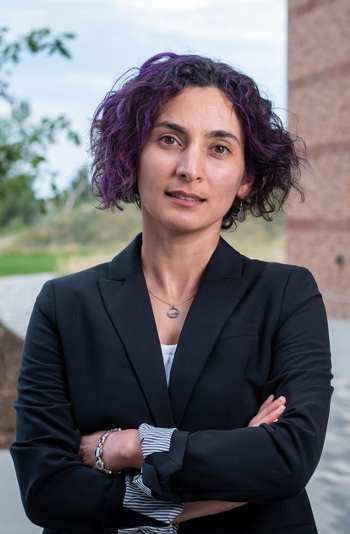
Thermo Fisher Scientific To Acquire Dionex Corporation
Thermo Fisher (Waltham, Massachusetts) announced today that it will acquire Dionex Corporation (Sunnyvale, California) for approximately $2.1 billion, a transaction that is expected to be completed in the first quarter of 2011. Dionex will be integrated into the Scientific Instruments division of Thermo Fisher.
Thermo Fisher (Waltham, Massachusetts) announced today that it will acquire Dionex Corporation (Sunnyvale, California) for approximately $2.1 billion, a transaction that is expected to be completed in the first quarter of 2011. Dionex will be integrated into the Scientific Instruments division of Thermo Fisher.
Greg Herrema, the senior vice president of Thermo Fisher and president of the Analytical Instruments division, said the acquisition will offer excellent opportunities by combining Dionex’s offerings in liquid and ion chromatography instruments and systems with ThermoFisher’s strength in mass spectrometry and laboratory information management systems (LIMS). “This give us an opportunity to offer integrated solutions for our customers,” he said. “Behind the instrument layer we will have tremendous software offerings.”
Herrema added that the acquisition will greatly expand the presence of both Thermo Fisher and Dionex in applied markets such as environmental analysis, water testing, and food safety. “Thermo Fisher’s historical strength has been in research laboratories, whereas Dionex’s strength has been in applied markets and routine testing laboratories,” he explained. “So by combining our offerings, both firms can have better reach in both markets.”
Dionex’s strong exposure in Asia-Pacific markets such as China was another factor that made the acquistion attractive. Dionex currently generates more than 35% of its revenues from the Asia-Pacific and other emerging markets, and Thermo Fisher plans to use the acquisition to increase activity in these regions.
The transaction is expected to generate approximately $60 million in cost and revenue synergies by year three. According to Herrema, roughly $40 million in synergies will come from cost savings such as reduced operations and overhead expenses, leveraging SG&A and increased purchasing power, as well as improving productivity through their “Practical Process Improvement”. The other $20 million in synergies are expected to come from increased revenue. Herrema said that it is too early to know the extent of any site closures or lay-offs, but that these elements would not be a major contributor to cost savings.
Newsletter
Get essential updates on the latest spectroscopy technologies, regulatory standards, and best practices—subscribe today to Spectroscopy.





